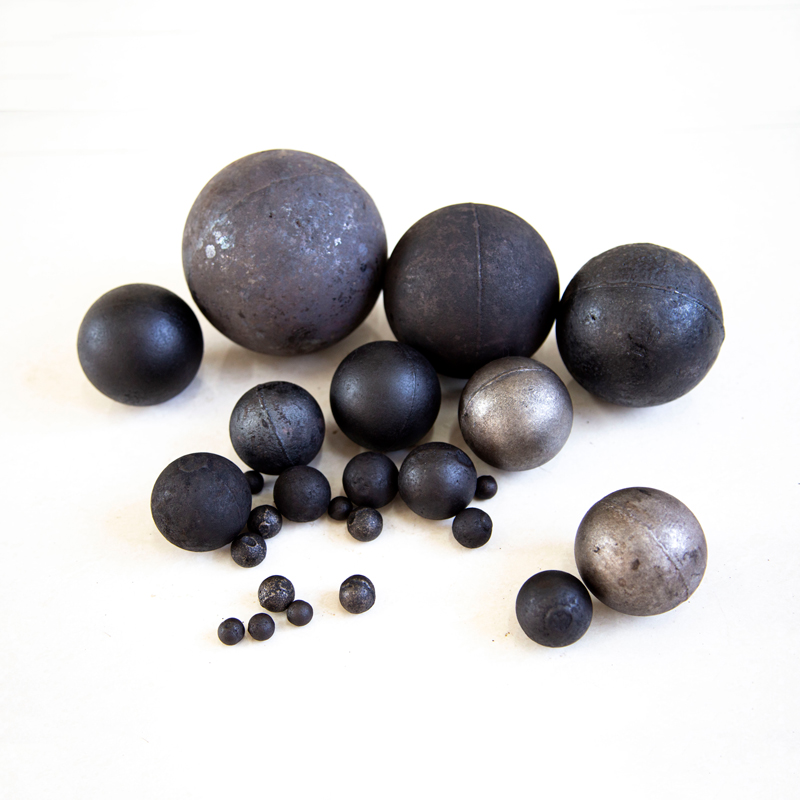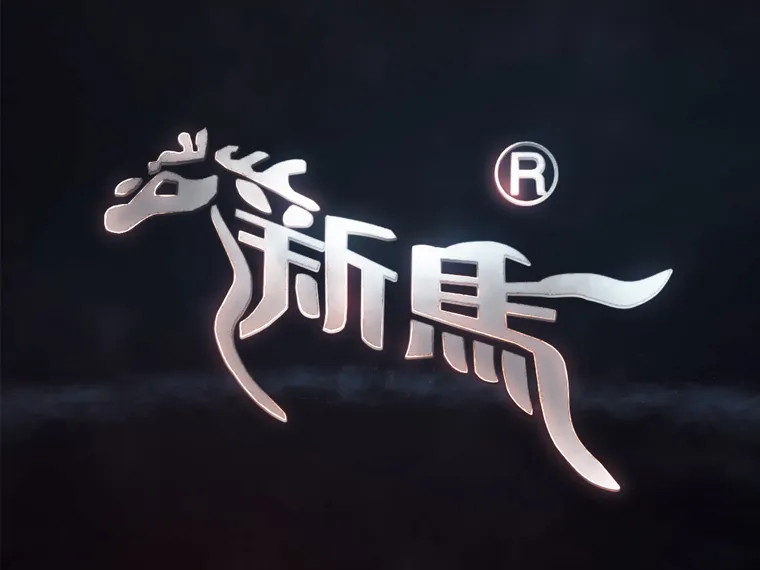Grinding media balls are widely used in various industrial applications, including mineral processing, metal precision manufacturing, and chemical product production. The hardness of grinding media balls is one of the key factors affecting the grinding process and the quality of the product. Understanding the impact of the hardness of grinding media balls on the grinding process can help make the right choices in practical production, improving processing efficiency, reducing costs, and ensuring the final product’s accuracy.
Basic Concept of Grinding Media Ball Hardness
The hardness of grinding media balls refers to their ability to resist deformation and wear under external forces. Grinding media balls with higher hardness show stronger wear resistance, which helps maintain a longer service life. Common materials for grinding media balls include high-chromium steel, ceramics, and bauxite, which vary in hardness.

Specific Effects of Hardness on the Grinding Process
- Improved Grinding Efficiency
The hardness of the grinding media ball is directly related to the grinding efficiency. Grinding media balls with higher hardness can work under high loads without deforming or wearing down, maintaining high efficiency. In rough grinding or high-intensity grinding, high-hardness grinding media balls can quickly remove material, significantly improving production efficiency. For example, in ore grinding processes, high-hardness media balls can reduce energy consumption while accelerating the grinding process.
- Surface Quality and Precision
Grinding media balls with higher hardness provide more stable grinding forces due to their stronger resistance to deformation when in contact with the workpiece. This leads to better surface quality and processing precision in fine grinding and ultra-precision grinding processes. For instance, in micron-level material processing or products requiring high surface finish, high-hardness media balls can effectively reduce surface irregularities, improving product consistency.
- Reduced Media Wear
Grinding media balls with higher hardness are more durable and less prone to wear, which extends their service life, reduces the frequency of replacement, and minimizes wear loss. This not only helps save material costs but also reduces downtime during production, enhancing continuous production efficiency. In high-load and high-intensity grinding operations, using high-hardness media balls is particularly important. For example, in long-term ore grinding processes, using high-hardness media balls can significantly reduce wear and lower production costs.
- Control of Fineness and Particle Distribution
In some fine chemicals and pharmaceutical production processes, particle size distribution during grinding must meet strict requirements. Grinding media balls with higher hardness have a clear advantage in particle size control. Due to their stronger hardness, they are less likely to change shape under external forces, ensuring uniform particle distribution during grinding and improving the consistency and stability of the final product.
Selecting the Right Hardness for Grinding Processes
When choosing grinding media balls, hardness is a critical factor that must be considered in combination with other parameters. Different hardness levels are suitable for different grinding processes and applications:
-
High-Hardness Media Balls: Suitable for high-intensity grinding, rough grinding, and precision grinding applications. In particular, high-hardness media balls improve production efficiency and ensure processing precision in mineral, metal, and other hard material grinding.
-
Medium-Low Hardness Media Balls: Suitable for grinding processes where surface quality requirements are not as high or for softer materials. In such cases, lower hardness media balls can provide sufficient grinding power while minimizing damage to the workpiece.
Coordinated Effects of Hardness and Other Factors
While hardness is crucial in grinding processes, it is not the only factor at play. The density, shape, material, and hardness of the grinding media balls all interact and ultimately determine the grinding effect. In practical applications, these factors must be considered together to choose the most suitable grinding media balls and achieve optimal grinding performance.
-
Density: The density of grinding media balls directly affects the collision force during grinding. Higher-density media balls typically generate stronger impact forces, making them more suitable for rough grinding tasks.
-
Shape: The shape of the grinding media ball (e.g., spherical, cylindrical, or conical) also affects wear and efficiency during grinding. Spherical media balls generally provide more uniform grinding results.
Conclusion
The hardness of grinding media balls is a key factor affecting the grinding process. It directly impacts grinding efficiency, processing precision, material wear, and service life. When selecting grinding media balls, it is essential to consider factors such as the workpiece material, processing requirements, and production environment. By choosing the right hardness for the media balls, grinding efficiency can be maximized, costs reduced, and product quality ensured.
Understanding the impact of hardness on grinding not only helps optimize grinding processes but also saves unnecessary resource investment, improving production competitiveness.

